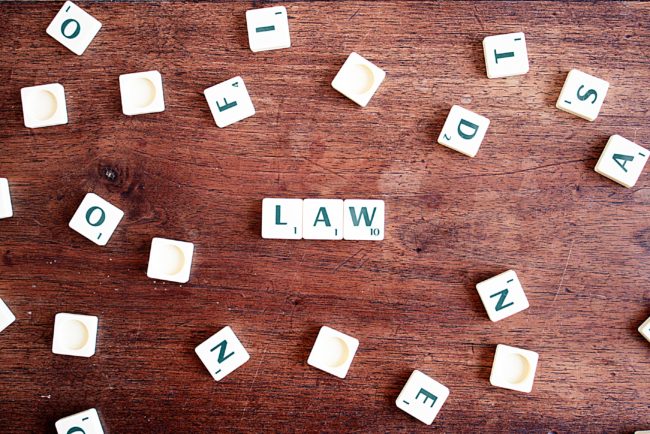The thing with buying a house is that, it comes with strings attached. And the worst part is, you never know which string will pull you down. A lien can be one such string. Whether you’re purchasing a property from the market or constructing from scratch, it is imperative that you check with the local authorities or through your real estate agent if your property title is clear of liens. If you don’t know yet, there are a number of parties who can place one on your home, without you being aware of it. So let’s find out who can file a lien on your house.
What is a Lien
Before we go on to find out the who, first let’s tackle the what.
Simply put, a lien is an official statement attached to your house title or deed stating that you owe money to someone. That someone can be a contractor, subcontractor, bank or a number of others. Your property title won’t be clear for sale or refinancing unless you pay off the debt.
There are three types of liens:
- Voluntary lien: between a debtor and creditor. This is usually between the Burbank homeowner and the mortgage company, bank or lending firm
- Involuntary lien: imposed by the law when the homeowner doesn’t pay taxes.
- Judgement lien: imposed by the court when creditor sues the owner for nonpayment
While the first two can be dealt with easily by paying off the debt, the last one is a bit complicated. Here’s why.
Who Can Place a Lien
There are number of people that a homeowner may owe money due to numerous reasons. Under the judgement lien anyone can place a lien on your house, and make sure you can’t sell your property off without their consent.
Contractors
Contractors, subcontractors and suppliers have special lien rights from the law for recovering their money in case homeowners who engage them fail to pay. This is known as a mechanic lien. For example you may have been dissatisfied with the service of a general contractor and you withheld his money. He in turn doesn’t pay the subcontractor or supplier. In the meantime he files for a lien on your property.
Since the mechanics’ lien is under the state laws, you have to follow the procedural time limits, notice requirements and representation in the local circuit court to deal with it.
This is also true for those who put a lien on your property. They first have to show that they have given you notice and time for payment. They have to prove that you have surpassed the time limit given before they can file to place a lien on your house.
Creditors
If your house is put on sale through foreclosure sale then, your creditor might have put a lien on your house title deed. You will have to clear the debt before you can transfer the title to the buyer. One way to do this is to get a portion of the sale amount first, pay off the debt, get the lien released and then transfer the title. Another way, is to borrow from someone or use your personal valuables as equity to clear the debt before you sell the foreclosed property. Once sold, you can use the proceeds to clear off your debt and recover your equity.
Wiggle Room
Liens are worrisome because it can trigger a chain of events connected with your property, rendering it unsellable. As a homeowner, you want to have the ability to sell, lease or refinance a property as and when you wish. This wiggle room is only possible when your property is clear of liens. The best bet is to check your property title from public lien records office of California, and try to clear off all liens associated with your property title deed before you decide what to do with your property.









